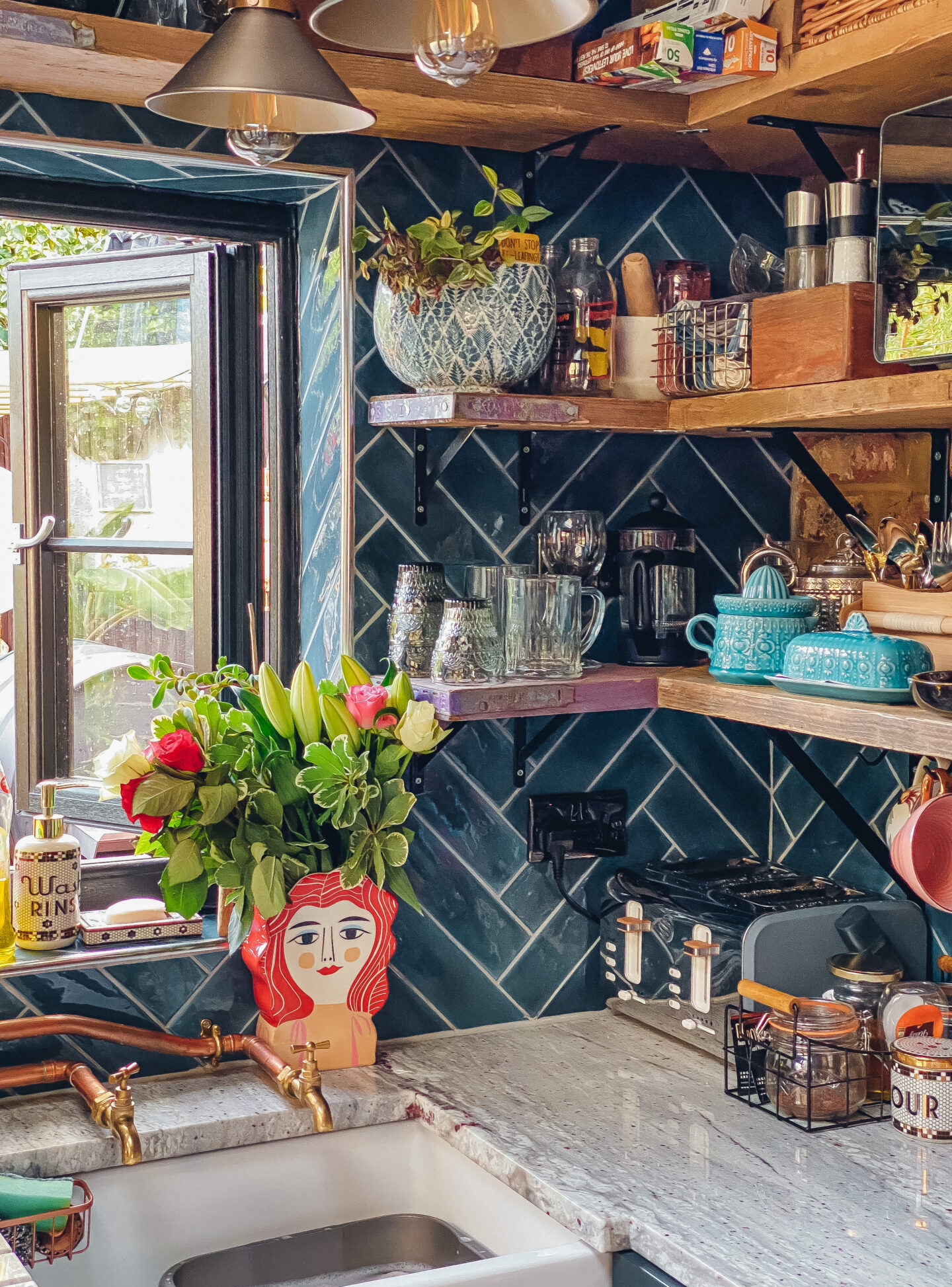The summer months are the perfect time to inspect your home and make sure it is ready for the coming winter months.
It’s a good idea to look at upgrading your home’s insulation, perform maintenance on boilers and radiators and plug nasty draughts that may be eating up your energy bills.
Once it starts getting cold outside it’ll be harder to perform any maintenance or upgrades and all you’ll want to do is curl up in your PJ’s beside the fire and watch a movie with the family. So, it’s best to start early.
With that in mind, here are a few handy tips to help keep your home nice and cosy during the winter.

Service your boiler
Summer is the ideal time to get your boiler serviced to avoid getting caught out in the cold, literally. You’ll be thanking us when winter rolls around and your boiler starts acting up. An old boiler in need of service can be a safety hazard as the Chartered Institute of Plumbing and Heating Engineering explains that carbon monoxide is a danger to anyone with a fuel-burning appliance. This is why you must get your boiler checked every year to ensure it’s safe and to extend its life. HomeServe recommend servicing your boiler if you have had it for an extended period of time. Regular boiler maintenance will save you money in the long run and will also ensure that you aren’t paying more for your heating.
Maximise Insulation
In most homes around 25% of heat is lost through the loft. Installing 250mm or 270mm thick insulation throughout your loft can have a significant impact on your bill. It’s also worth noting how filling cavity walls is another way to save one-third on the heat lost through your walls. The Conversation’s guide to saving money during winter, notes how cavity walls could save you up to £160 a year on your heating bill.
Draught proof
Draught proofing is one of the cheapest and most effective ways to save on your heating bill. Draughts around the door, windows, pipe fittings, floors, and chimneys are major culprits for heat and energy loss during the winter. The National Insulation Association recommends professionally draught-proofing your doors and windows, which could save up to £20 per year. You could save another £15 per year for draught-proofing your chimney. If you’d rather save money on the cost of getting a professional to draught-proof your home, self-adhesive foam strips cost as little as £2.50 and work great around windows and door edges. Also, remember to draught-proof your keyholes, letterbox and the gap at the bottom of doors, as together they can amount to huge energy losses.
Use heavy curtains
Open your curtains during the day to let the heat from the sun inside your house. This is especially helpful for south-facing homes as they get sun throughout most of the day. In the evening make sure to shut your curtains, which will act as another layer of insulation and trap heat inside. Using thermal lined curtains can add more effective insulation and keep the cold out, especially if you have single-glazed windows.
Double or triple glazed windows
Install double-glazed or even triple-glazed windows filled with inert argon gas. Because argon has a 34% lower thermal conductivity than air, it will help insulate both noise and heat. If you have a hard time deciding between double or triple glazing, just think of it this way: you insulated the walls, the loft and floor of your house, therefore, your window glazing should be up to the same standard. Less insulation in your windows means that you’ll end up with cold spots surrounding the windows at night, which will draw heat away from the rest of the house. While double-glazing is perfectly adequate, triple-glazing is a lot better at retaining the heat in your house. Compared to double-glazing, triple-glazing maintains a temperature of 18 Celsius versus 16 Celsius in a room heated to 21 Celsius.






